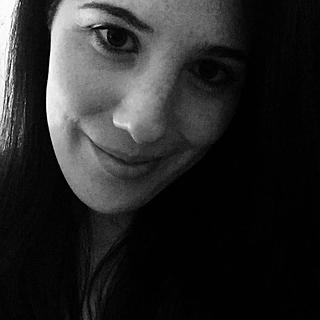A Creative Space Where Emotions Speak Louder Than Words
- Michal Mainzer
- Jul 10
- 3 min read
There are times when expressing your feelings just doesn’t work—when emotions are too deep, confusing, or overwhelming to articulate. In those moments, a creative outlet can communicate what you can't say in words. That’s the essence of an art therapy collective: a space where individuals come together to process their emotions through painting, drawing, sculpting, and more. These collectives provide a gentle yet powerful alternative to traditional forms of therapy.

1. Why Traditional Support Sometimes Falls Short
While talk therapy remains a critical part of mental health care, it doesn’t resonate with everyone. Some people find it difficult to articulate their emotions, especially after trauma or during heightened anxiety. For them, healing begins with color and form rather than conversation.
Creative methods don't replace mental health counseling but complement it. When combined, they provide more holistic, flexible ways to process emotional pain and rediscover balance.
2. What Happens Inside an Art Therapy Collective?
A typical collective session might begin with a moment of grounding or meditation, followed by time to engage with various art materials. Participants might use watercolors, clay, or collage—whatever feels natural. There are no artistic expectations, and no pressure to perform. The focus is on process, not perfection.
Sharing is optional. Some participants find comfort in talking about their work; others simply create in silence. What matters is the emotional release and insight that the creative process can unlock.
3. Guided by Experts: The Role of the Facilitator
Each session is led by a trained professional who combines psychological knowledge with creative skills. These facilitators help participants navigate their emotions safely through the art-making process.
A certified art therapist in Melbourne may offer reflections or gentle prompts based on the artwork, but always in a non-judgmental, supportive way. Their role is to guide, not analyze, and to hold space for whatever the participant needs to explore.
4. Why Melbourne Is Turning to Creative Healing
Across Melbourne, a shift is happening. More people are embracing creative approaches to emotional well-being—especially as stress, burnout, and disconnection become more widespread. Community art programs, expressive workshops, and therapy collectives are growing in popularity as people look for outlets that feel authentic, safe, and empowering.
Art-based therapy offers a sense of ownership in one’s healing process. It’s not just about feeling better—it’s about discovering new ways of being, seeing, and expressing.
5. Classes vs. Collectives: What's Right for You?
It’s important to know the difference between structured art sessions and therapeutic collectives. Many art therapy classes in Melbourne offer lessons on technique, like how to mix colors or build a visual narrative. These are great for learning and growing artistically.
However, art therapy collectives are not about technique. They focus on emotional exploration in a shared, supportive environment. Both options can be beneficial; your choice depends on your goals—whether you’re looking to learn or to heal.
6. Who Can Benefit from Art Therapy?
Anyone. These spaces are open to all—adults managing anxiety, teens struggling with self-esteem, trauma survivors, caregivers, neurodivergent individuals, or simply those feeling creatively blocked or emotionally overwhelmed.
There’s no right age or experience level. You don’t need to “be an artist”—you just need to be open to expressing yourself differently. Often, the people who gain the most are those who thought art wasn’t for them at all.
7. What Makes a Great Art Therapy Collective?
A strong collective will be guided by certified professionals, provide access to diverse materials, and create an environment that’s inclusive, confidential, and judgment-free. Look for facilitators with both therapeutic training and experience holding space for emotional expression.
Visit in person if possible, or attend an introductory session. Trust your gut: you’ll know when a space feels safe, welcoming, and right for your journey.
Conclusion
Art has the power to express what words often cannot. In the supportive and creative space of ArtReach Collective, individuals can explore their emotions, process inner struggles, and reconnect with themselves through non-verbal expression. Whether you are dealing with anxiety, emotional fatigue, or simply seeking clarity, art therapy provides a gentle and transformative path toward healing, one brushstroke at a time.





Comments